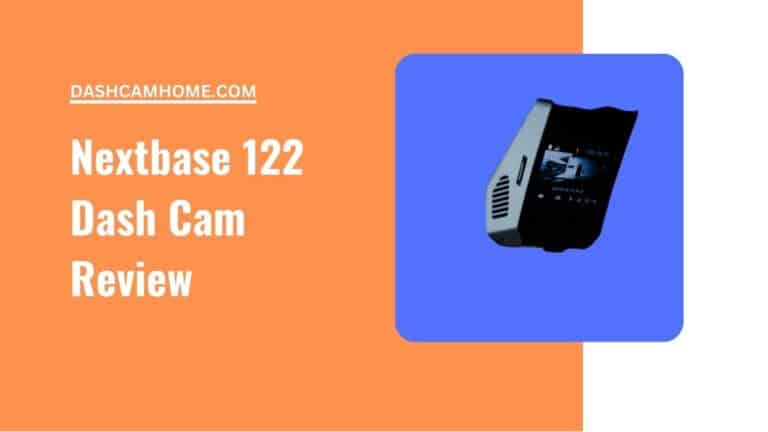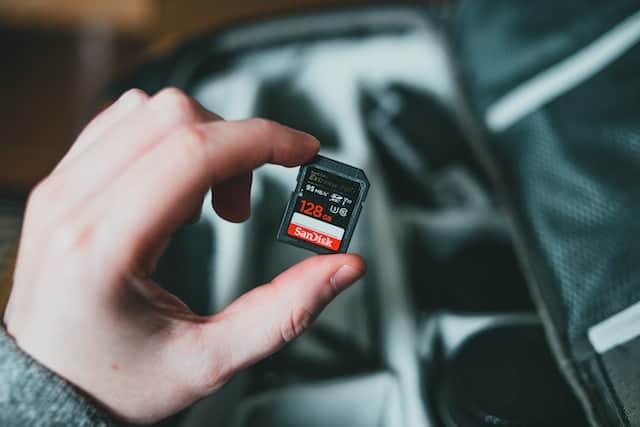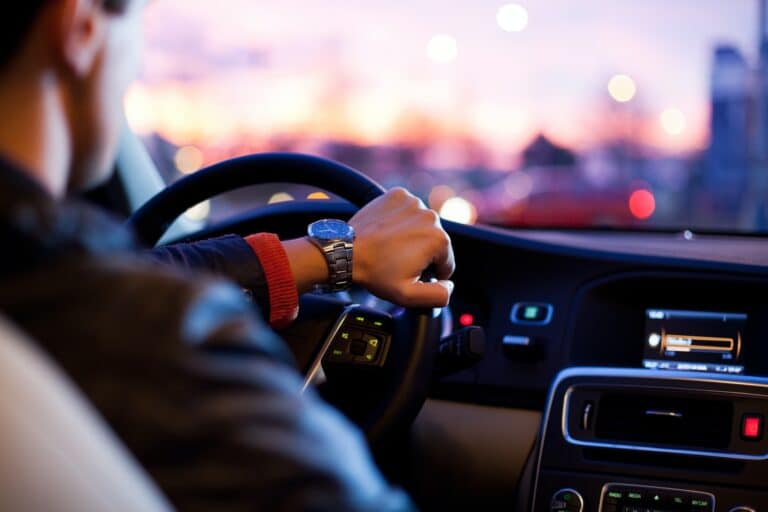How Does Dash Cam Work? The Ultimate Guide
Do you ever find yourself wondering how dash cams work? These small devices have become increasingly popular in recent years, providing drivers with a sense of security and peace of mind on the road.
In this article, we will explore how a dash cam works–from its mounting and installation to its continuous recording capabilities and high-quality video capture.
When it comes to mounting and installation, dash cams are designed to be easily installed on your vehicle’s windshield or dashboard. They typically come with adhesive mounts or suction cups that securely attach them to the desired location. Once mounted, dash cams are powered by your vehicle’s electrical system, either through a direct connection to the fuse box or by plugging into the cigarette lighter socket.
Now let’s talk about continuous recording. Dash cams are designed to record everything that happens while you’re driving. They use loop recording technology that allows them to continuously record footage onto a memory card. When the memory card is full, older footage is automatically overwritten with new footage so you don’t have to worry about manually deleting files. This ensures that you always have the most recent events captured on camera.
So whether you’re involved in an accident or witness something unusual on the road, your dash cam will have it recorded for later review.
Without further ado, let’s learn how does a dash cam work.
Mounting and Installation
Now, let me show you how easy it is to mount and install your dash cam – all you have to do is find the perfect spot and you’ll be capturing every moment of your journey with peace and confidence!
When it comes to mounting your dash cam, start by selecting a location that provides an unobstructed view of the road ahead. Ensure that the camera doesn’t obstruct your vision while driving and that it adheres securely to the windshield or dashboard. Most dash cams come with suction cup mounts or adhesive pads for easy installation.
Once you’ve chosen the ideal spot, clean the surface thoroughly to ensure proper adhesion. Next, attach the mount firmly and connect the power cable to a suitable power source in your vehicle’s fuse box or cigarette lighter socket. Make sure all connections are secure before turning on your dash cam.
Some models may require additional setup, such as adjusting camera angles or configuring settings using the accompanying app or software. Remember, proper installation is crucial for optimal performance, so take your time and follow the manufacturer’s instructions carefully.
With your dash cam mounted correctly, you can now hit the road knowing that every moment will be captured with clarity and precision.
Continuous Recording and Looping
With continuous recording and looping, the footage on a dash cam is constantly being captured and overwritten, ensuring that you never miss a moment of your road trip adventures. This technology works by automatically recording video files in a continuous loop onto an SD card or internal storage.
As soon as the storage reaches its capacity, the oldest files are automatically deleted to make space for new footage. This process allows the dash cam to capture hours of video without requiring manual intervention. Additionally, many dash cams have built-in sensors that detect sudden movements or impacts, triggering them to save and protect those specific recordings from being overwritten.
This ensures that any important events or accidents are securely stored for later review. Continuous recording and looping is a crucial feature of dash cams as it provides peace of mind knowing that every moment on the road is being recorded and can be accessed when needed.
Read Also: Do Dashcams Automatically Delete Footage?
High-Quality Video Capture
Capturing stunningly clear and crisp visuals, high-quality video capture on a dash cam allows you to relive your road trip through vivid imagery. With advanced technology and powerful sensors, dash cams are designed to capture every detail of the road ahead.
These cameras are equipped with high-resolution lenses that can record videos in Full HD or even 4K resolution, ensuring that no important details are missed. The resulting footage is sharp and vibrant, making it easier to identify license plates, road signs, and other crucial information in case of an accident or dispute.
Further reading: Is 1080p Good For Dash Cam?
Additionally, some dash cams feature wide-angle lenses that provide a broader field of view, capturing more of the surroundings and enhancing the overall viewing experience. Whether you want to document beautiful landscapes or have evidence for insurance claims, high-quality video capture on a dash cam ensures that you never miss a moment while driving.
G-Sensor and Event Recording
Imagine being able to automatically capture and save crucial moments on the road with just a single touch – that’s the power of a dash cam’s G-Sensor and event recording technology.
The G-Sensor, also known as the accelerometer, is a key component in dash cams that detects sudden changes in acceleration or deceleration. When it senses a significant impact or collision, it triggers the event recording feature, ensuring that important footage is captured and protected. This means that if you’re involved in an accident or witness something extraordinary while driving, your dash cam will automatically save the video file, preventing it from being overwritten by new recordings.
This technology not only provides valuable evidence for insurance claims but also enhances safety on the road by promoting responsible driving behavior. In addition to capturing accidents, the G-Sensor can also detect other events like harsh braking or sharp turns, which can be useful for identifying potential risks and improving driving habits.
Read Also: Does Dash Cam Work When Car Is Off? Answered!
With event recording capabilities like these, dash cams offer peace of mind knowing that important moments are always recorded and ready for review when needed.
Memory Storage and Footage Access
Storing your precious memories and easily accessing your footage has never been easier with the latest advancements in memory storage technology.
Dash cams typically use a microSD card to store recorded video footage. These cards come in various capacities, ranging from 16GB to 256GB or even higher, allowing you to capture hours of continuous footage without worrying about running out of space.
The dash cam will continuously overwrite the oldest files when the memory card is full, ensuring that you always have the most recent recordings available.
To access your dashcam footage, simply remove the memory card from the dash cam and insert it into a computer or compatible device. You can then view, download, or share your videos with ease.
Some dash cams also offer Wi-Fi connectivity, enabling you to transfer footage wirelessly to your smartphone or tablet for immediate viewing or sharing on social media platforms.
With these convenient storage options, you can rest assured that your important moments on the road are safely captured and readily accessible whenever you need them.
Conclusion
In conclusion, dash cams are essential devices for any vehicle owner who wants to have a detailed record of their journeys. With easy mounting and installation options available, you can quickly set up your dash cam and start recording.
The continuous recording and looping feature ensures that you never miss any crucial footage, as the camera automatically starts recording over the oldest files when the memory card is full.
One of the most critical aspects of a dash cam is its ability to capture high-quality video footage. Many models offer HD or even 4K resolution, providing clear and detailed images that can be used as evidence in case of accidents or other incidents on the road. Additionally, with a G-sensor and event recording capabilities, your dash cam will automatically save and lock important footage when it detects sudden movements or impacts.
When it comes to memory storage and accessing your footage, most dash cams use microSD cards for storing video files. Depending on the capacity of your memory card, you can store hours or even days’ worth of footage before needing to transfer it to another device for viewing or backup purposes. Some advanced models also offer Wi-Fi connectivity or dedicated smartphone apps that allow you to conveniently access and download your recorded videos directly from your phone.
Overall, having a dash cam installed in your vehicle provides numerous benefits beyond just capturing memorable moments on the road. It offers peace of mind knowing that you have reliable evidence in case of accidents or disputes with other drivers. So whether you’re a daily commuter or an occasional driver, investing in a dash cam is definitely worth considering for added safety and security on the road.






